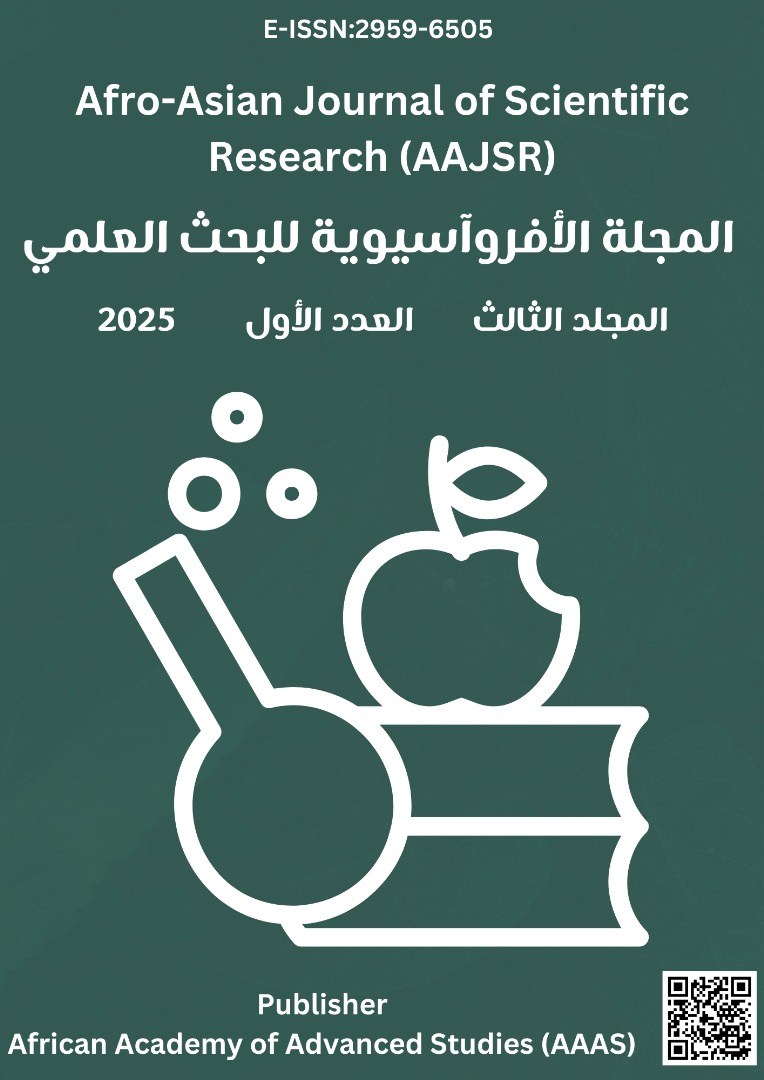Prevalence of COVID-19 Vaccines Side Effects in Libya: Post-vaccination Survey (Vaxzevria, Sputnik V, and Sinovac)
الكلمات المفتاحية:
COVID-19 vaccines، Side effects، , COVID-19، Libyaالملخص
Background: Vaccination is considered one of the principal effective preventive measures to mitigate the risk of transmission of epidemic, pandemic, and infectious diseases among the population. Vaccine safety and efficacy are a great concern worldwide during the COVID-19 pandemic to produce a safe, effective, and well-tolerated vaccine in a finite period. Aims: The study was conducted to determine and assess the side effects of COVID-19 vaccines (AstraZeneca, sputnik V, and Sinovac) among the vaccinated Libyan population during the first COVID-19 vaccination campaign. Methods: During this study survey, one thousand well-designated structure questionnaires were distributed among participants in different Libyan municipalities' health service units (vaccination units). Results: The COVID-19 vaccines received during the first campaign were as follows: (27.2%) Vaxzevria, (58.7%) Sputnik V, and (14.1%) Sinovac. The COVID-19 vaccines had a significant (p =0.004) influence on age classes. Regarding the tender swelling, the results showed 8.67%, 4.85%, and 21.3% for AstraZeneca, Sputnik, and Sinovac, respectively, and there was no statistical significance (p =0.57). Compared (P=0.00001), fatigue is the most prevalent (20.88%) side effect among the participants. The bleeding disorders were reported among participants who had received AstraZeneca (0.88%) and Sputnik V (0.14%) vaccines. Conclusion: The overall prevalence of the most common side effects reported during this survey was mild, moderate, and severe. Tender swelling or redness, fever, fatigue, and headaches are the most prevalent side effects among the participants who received AstraZeneca and Sputnik V. The study reported a significant difference in the frequency of side effects among the age categories. Further studies are strongly recommended on the vaccine's side effects to provide more consolidated data that is required to reinforce public confidence in the vaccine.






